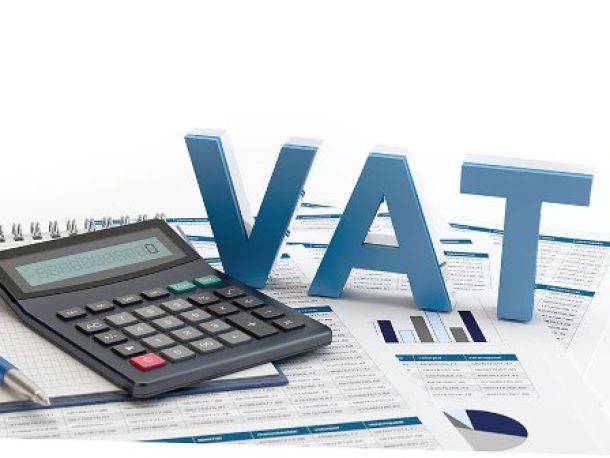Warning over new accounting rules
Advisory firms are warning property groups and other companies that are party to lease agreements to gain a thorough understanding of new accounting rules that become effective in 2019, in order to cope with their effects on businesses.
The rule-set, which is called International Financial Reporting Standard (IFRS) 16 Leases, will change how, when, and at which magnitude expenses are recognised.
In terms of the new rule, the majority of leases will now have to be accounted for in companies’ balance sheets and expensed via a reducing balance method.
"At the simplest level, the accounting treatment of leases by lessees will change fundamentally. IFRS 16 eliminates the current dual accounting model for lessees, which distinguishes between on-balance sheet finance leases and off-balance sheet operating leases. Instead, there is a single, on-balance sheet accounting model," KPMG SA Services’ department of professional practice, Heather de Jongh says.
IFRS refers to the set of regularly updated accounting standards developed by the International Accounting Standards Board (IASB).
The IASB unveiled IFRS 16 this year, with a goal of making balance sheets more transparent. It requires companies to bring most leases on-balance sheet, thereby recognising new assets and liabilities.
Previously, leases were classified as either finance leases or operating leases.
A finance lease is a way of providing finance and, effectively, a lessor buys the asset for the lessee and rents it to them for an agreed period. The lease also transfers all of the risks and rewards of ownership of the asset to the lessee. These leases were expensed on a decreasing balance basis, so expenses were higher early in the life of the lease. In contrast to a finance lease, an operating lease does not transfer substantially all of the risks and rewards of ownership to the lessee. It would generally run for less than the full economic life of the asset, and the lessor would expect the asset to have a resale value at the end of the lease period, known as the residual value. Operating leases have not been on company balance sheets for years, but now they will be. They will then be amortised and expensed not on a straight-line basis, but rather on a decreasing balance basis, meaning the size of the expense incurred each month will vary.
All companies that lease major assets for use in their business will see an increase in reported assets and liabilities as a result of IFRS 16.
This will affect a wide variety of sectors, from airlines that lease aircraft to retailers that lease stores, says the IASB.
"The larger the lease portfolio, the greater the impact on key reporting metrics," it said in a report. The new leases standard will have more significant business effects for lessees than it will for lessors, according to De Jongh. "Under the new standard, the crux will lie in the amount of each lease payment that a lessee must account for. Lessors may get significant pressure from lessees to change existing or new leases to avoid the adverse consequences of the new standards and will have to be more innovative in their lease design.
"Although not directly affecting the accounting principles applied by lessors, the standard could modify the business principles adopted by theses entities. The implementation will also lie in the hands of the sales staff, rather than the accounting staff of organisations," she says.
Gary Berchowitz, a partner at advisory firm PwC, says the new standard has been more than 10 years in the making, and while it makes real changes to accounting for leases and some people are not wholly in favour it, it is an expected change.
He says putting leases on balance sheets will enable analysts to see a company’s own assessment of its lease liabilities, calculated using a prescribed methodology that all companies reporting under IFRS will be required to follow.
Bringing operating leases on-balance sheet also changes the profit or loss account of lessees.
This would affect metrics based on profit figures, such as remuneration in certain cases.
Currently, operating lease expenses are charged to the profit or loss account on a straight-line basis over the life of a lease.
"From 2019, leases will be accounted for as if the firm had borrowed funds to purchase an interest in the leased asset. This typically results in a higher interest expense in the early years than in the later years, similar to any amortising debt. In turn, this means that total lease expense in the profit and loss account will be higher in the early years of a lease, even if a lease has fixed regular cash rental payments," De Jongh says.
News Category
- International retailers
- On the move
- Awards and achievements
- Legislation
- Wine and liquor
- Africa
- Going green
- Supplier news
- Research tools
- Retailer trading results
- Supply chain
- Innovation and technology
- Economic factors
- Crime and security
- Store Openings
- Marketing and Promotions
- Social Responsibility
- Brand Press Office
Related Articles

NHI: Business gears up for possible legal battl...

Electricity Regulation Bill will open competiti...

New Minimum Wage Set to Take Effect on March 1s...

Spar director fined R1 million after refusing n...


